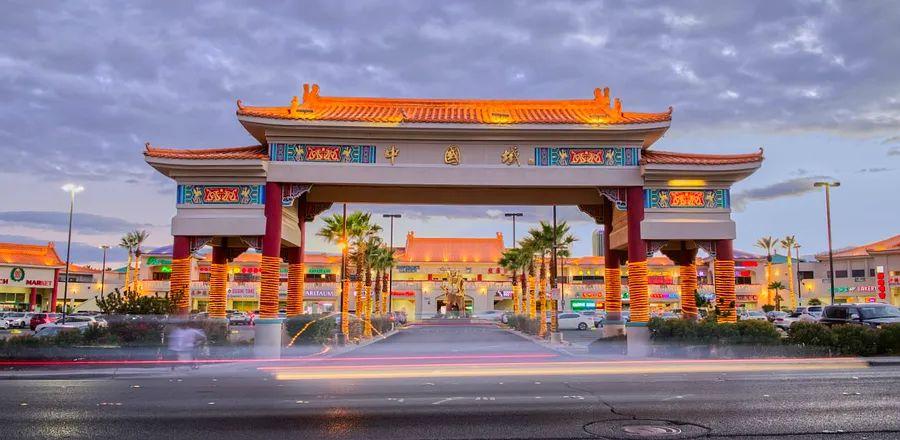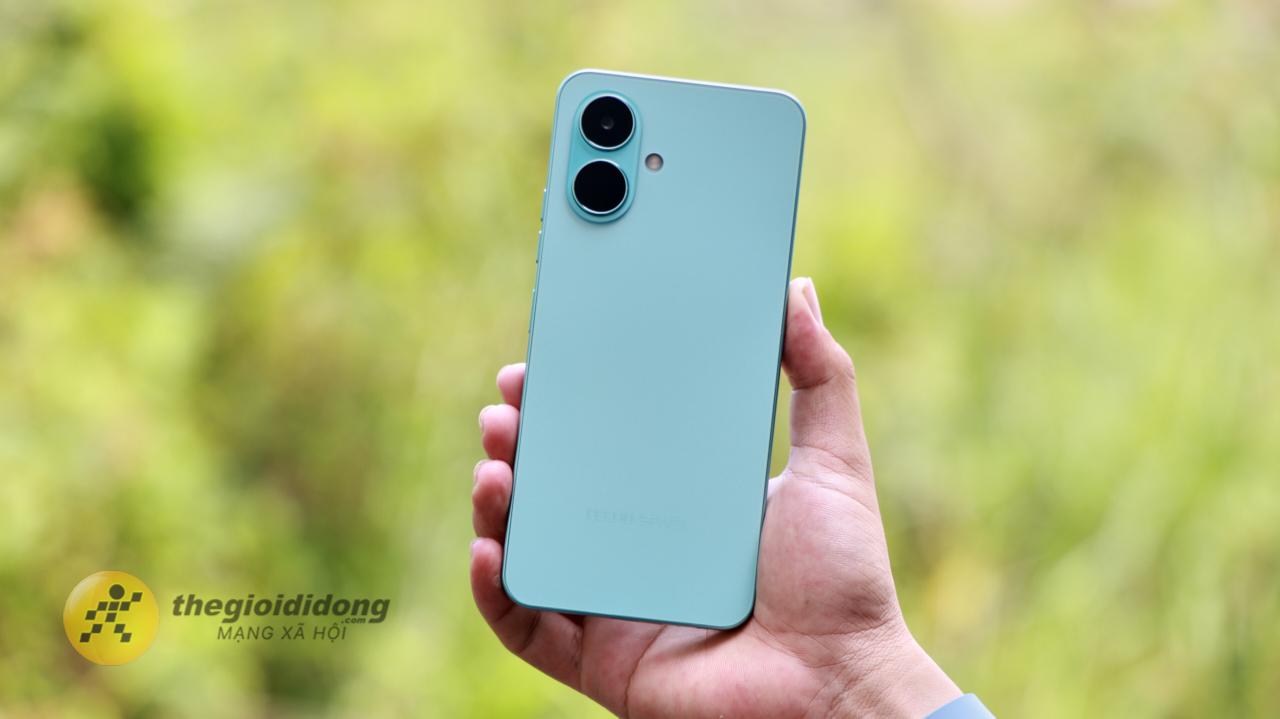4 Hidden U.S. Chinatowns Rich in Cuisine and Culture

Chinatowns throughout the United States are vibrant communities filled with rich heritage. The oldest one, located in San Francisco, dates back to 1850, while Flushing, Queens, boasts the largest population of Chinese immigrants in New York City. These neighborhoods have become popular tourist destinations, celebrated for their affordable delicious food and unique shops.
These enclaves serve as vital cultural centers, emerging from a troubled history of discrimination in the nation. Many were established in the mid-1800s when Chinese immigrants were drawn by the promise of “gold mountain,” only to encounter racial prejudice, particularly through the Chinese Exclusion Act of 1882, the first major immigration restriction law, which remained in effect until 1943. In response to adversity, Asian immigrants often formed tight-knit communities that evolved into Chinatowns.
In recent times, these communities have faced challenges from a surge of anti-Asian sentiment, exacerbated by the COVID-19 pandemic. Nevertheless, Chinatowns are reaffirming their pride and celebrating their histories amid these struggles.
While the Chinatowns in New York City and San Francisco are widely recognized, numerous lesser-known Chinatowns across the country are embracing diversity, representing a new wave of distinctly Asian American identity.
Discover four Chinatowns that offer a distinct perspective on Asian American and Pacific Islander (AAPI) culture.
Las Vegas
On the opposite side of Interstate-15 in Las Vegas lies an equally captivating strip. Stretching three miles along Spring Mountain Road to Rainbow Boulevard, this Chinatown runs parallel to Las Vegas Boulevard and features over 150 restaurants, 40 massage spas, and six Asian supermarkets.
In the 1990s, a coalition of Chinese entrepreneurs and investors actively developed this Nevada neighborhood to cater to the expanding community. With its focus on strip malls and shopping centers, Vegas’s Chinatown is rapidly becoming a go-to destination for authentic Asian cuisine.
For Erica Bell, the general manager of Double Zero Pie & Pub at the Chinatown shopping area Center at Spring Mountain, it’s all about diverse offerings: “We showcase a variety of Asian cuisines, from modern interpretations to traditional dishes, with delightful surprises from other culinary traditions.”
Top Spots to Visit in Las Vegas’s Chinatown
Bell’s favorite dining spot is China Mama, famous for its homemade dumplings crafted by a woman known as “Turbo” for her lightning-fast skills (as of April 2024, the restaurant is temporarily closed due to a fire). While her go-to dish is the crispy beef, she loves all the dumplings. She often visits Viet Noodle Bar, which is “always bustling since the wait is never long.” The broth here consistently impresses, and the restaurant’s build-your-own spring rolls make for a fun experience with friends and family.
For drinks, Bell suggests Golden Tiki, a themed bar reminiscent of a “Pirates of the Caribbean movie set,” where you can enjoy a Grog cocktail, something flambéed, or relax with some Dole Whip like you’re at Disneyland. Other favorites include Somi Somi for soft-serve-filled taiyaki and Shang Artisan Noodles for some fiery beef noodles and spicy wontons.
Oakland
While San Francisco’s Chinatown is just across the Bay, Oakland’s often gets overlooked. Yet, its history traces back to the Gold Rush era in the 1850s. After the devastating 1906 earthquake and fire in the big city, thousands of survivors crossed over and settled in this East Bay community.
Describing itself as more of a “working Chinatown” nowadays, Oakland’s enclave is less of a tourist hotspot and more of a vibrant community with 3,425 residents, featuring 45 restaurants and nine tea shops. In the mornings, you can see seniors practicing tai chi and qigong at Madison Park, watch families stroll through Pacific Renaissance Plaza, or discover more about the area at the Oakland Asian Cultural Center.
Top Spots in Oakland’s Chinatown
“Oakland Chinatown enjoys some of the best weather in the country, along with convenient public transportation and ample parking,” says Carl Chan, president of Oakland’s Chinatown Chamber of Commerce. “We offer the finest and most exotic produce and seafood, often unavailable elsewhere.”
Chan suggests visitors check out Peony Seafood for delightful dim sum at lunch or fresh seafood at dinner, and to swing by Lounge Chinatown late at night for “delectable” Taiwanese night market fare.
A few more of Chan’s top picks include Oakland Fortune Factory on 12th Street and any of the numerous boba tea shops around town.

Photo by Theodore Trimmer/Shutterstock
Honolulu
The capital’s Chinatown stands out as its most artistic and historically rich area. The neighborhood has its origins in the mid-19th century when Chinese laborers were brought in to work on sugar plantations in what was then the Kingdom of Hawai’i. Most of the existing buildings date from around 1900, after a significant fire ravaged the area.
Unlike other Chinatowns, this one is located right in the heart of the city, just about 15 minutes west of Waikiki. Here, dim sum eateries and herb shops coexist with lei makers, antique vendors, and marketplaces like Maunakea Marketplace and the O’ahu Market, along with the Japanese Izumo Taishakyo Mission Shrine and the Chinese Kuan Yin Temple.
“I appreciate how Honolulu’s Chinatown showcases the diversity and authentic aloha that can only be found in Hawai‘i,” says Kaua‘i-born Jason Peel, chef at Nami Kaze. “The blend of cultures and flavors transforms Chinatown into a mixed-plate shopping haven for both locals and visitors.”
Must-Visit Spots in Honolulu’s Chinatown
Peel suggests that travelers check out Fête, a farm-to-table eatery that offers a Hawaiian twist on classic dishes, including its vitello tonnato made with roast veal from Hawai’i and i’a ahi belly aioli, along with poi mochi doughnuts drizzled with Manoa Chocolate rum sauce. He also recommends EP Bar, a trendy bar known for its eclectic vinyl collection and diverse drink offerings.
Houston
In contrast to the deeply rooted histories of many other Chinatowns in the U.S., Houston’s is relatively new. Although the first Chinese immigrants appeared in 1870, Houston’s Chinatown began to emerge from an area of Bellaire about four decades ago, covering six square miles to the southwest of the city.
The terms Chinatown and Asiatown are often used interchangeably for a reason. “Houston’s Chinatown is truly distinctive, showcasing a diverse array of ethnic groups,” notes Kevin Lee, co-director of operations at the Malaysian restaurant Phat Eatery. He points out that most Vietnamese eateries are located west of Beltway 8, while Chinese restaurants tend to be found to the east. The community has also grown into another area known as Katy Asian Town, roughly 20 miles to the west, where Phat Eatery was established in 2018 by the late James Beard semifinalist Alex Au-Yeung.
Top Destinations in Houston’s Chinatown
Lee’s favorite spot in Chinatown is San Dong Noodle & Dumpling House. “Their handmade dumplings and beef noodle soup always satisfy,” he shares, noting that the prices are “reasonable” and his family “always leaves feeling full.” Another recommendation is the Chinese-Vietnamese Tan Tan Restaurant, where he enjoys the House Special Rice Cake, known as A01, and the Phuc Kien Noodles with Shrimp Cake, or E05.
Other beloved spots include Kim Son, featuring a menu crafted from the 250 recipes chef Kim Su Tran La memorized upon her escape from Vietnam in 1980; Sinh Sinh, known for its Peking duck; and Tofu Village, famous for its Korean tofu soup. Shoppers gather around the Harwin Drive shopping district and at Hong Kong City Mall, which boasts over 100 stores, while visitors can explore Vietnamese Buddhist culture at Teo Chew Temple. For a deeper understanding of the area, consider taking a bus or joining a walking tour with Houston Asiatown Tours.

1

2

3

4

5
Evaluation :
5/5